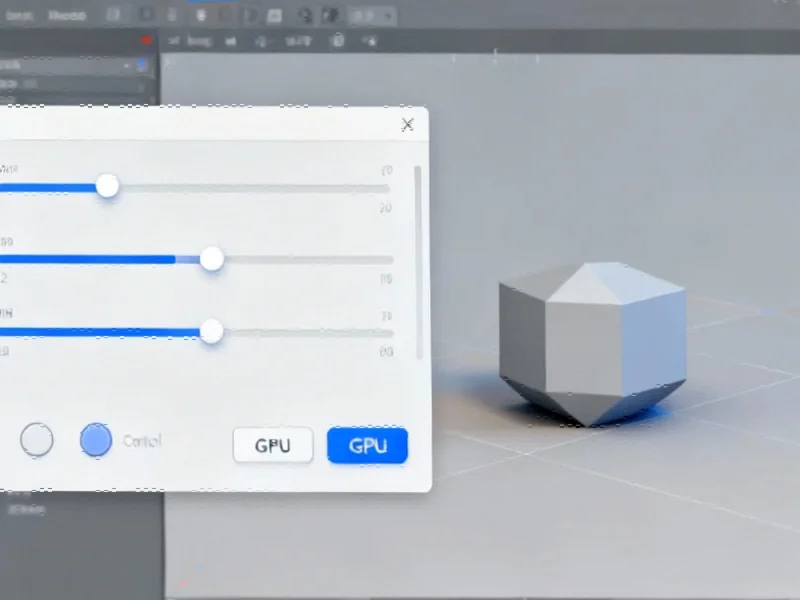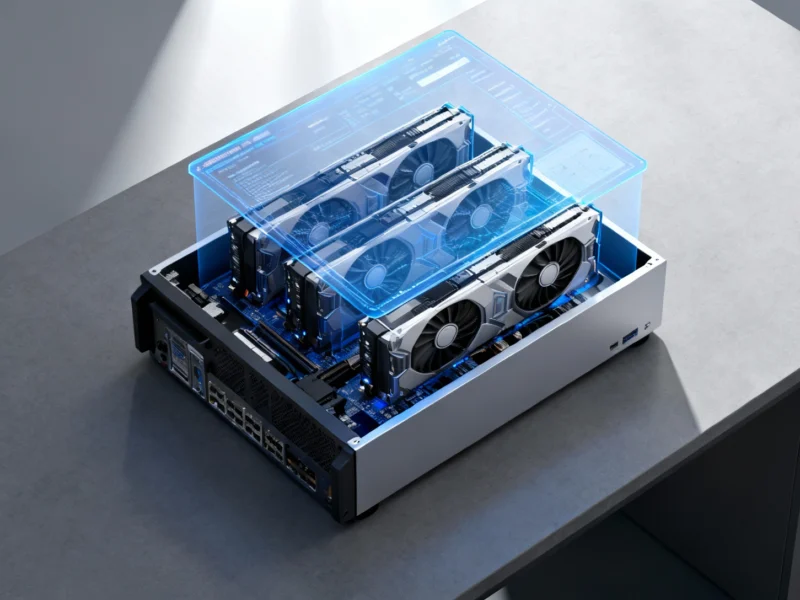Linux 6.18 Kernel Update Fortifies EROFS Image Security to Prevent System Instability
The latest Linux 6.18 kernel release reportedly includes crucial security hardening measures against specially-crafted EROFS images that could trigger system failures. Sources indicate these enhancements prevent potential denial-of-service attacks while improving file-system stability. The update also brings significant improvements to FUSE functionality for better user-space file system performance.
Security Hardening Against Malicious EROFS Images
The Linux 6.18 kernel has been fortified against specially-crafted EROFS (Enhanced Read-Only File System) images that could previously lead to system crashes, according to reports from kernel development sources. Analysts suggest this security enhancement addresses a critical vulnerability where maliciously designed EROFS images could trigger kernel panics and system instability. The hardening measures reportedly prevent potential denial-of-service attacks that could be exploited through corrupted or intentionally malformed file system images.







